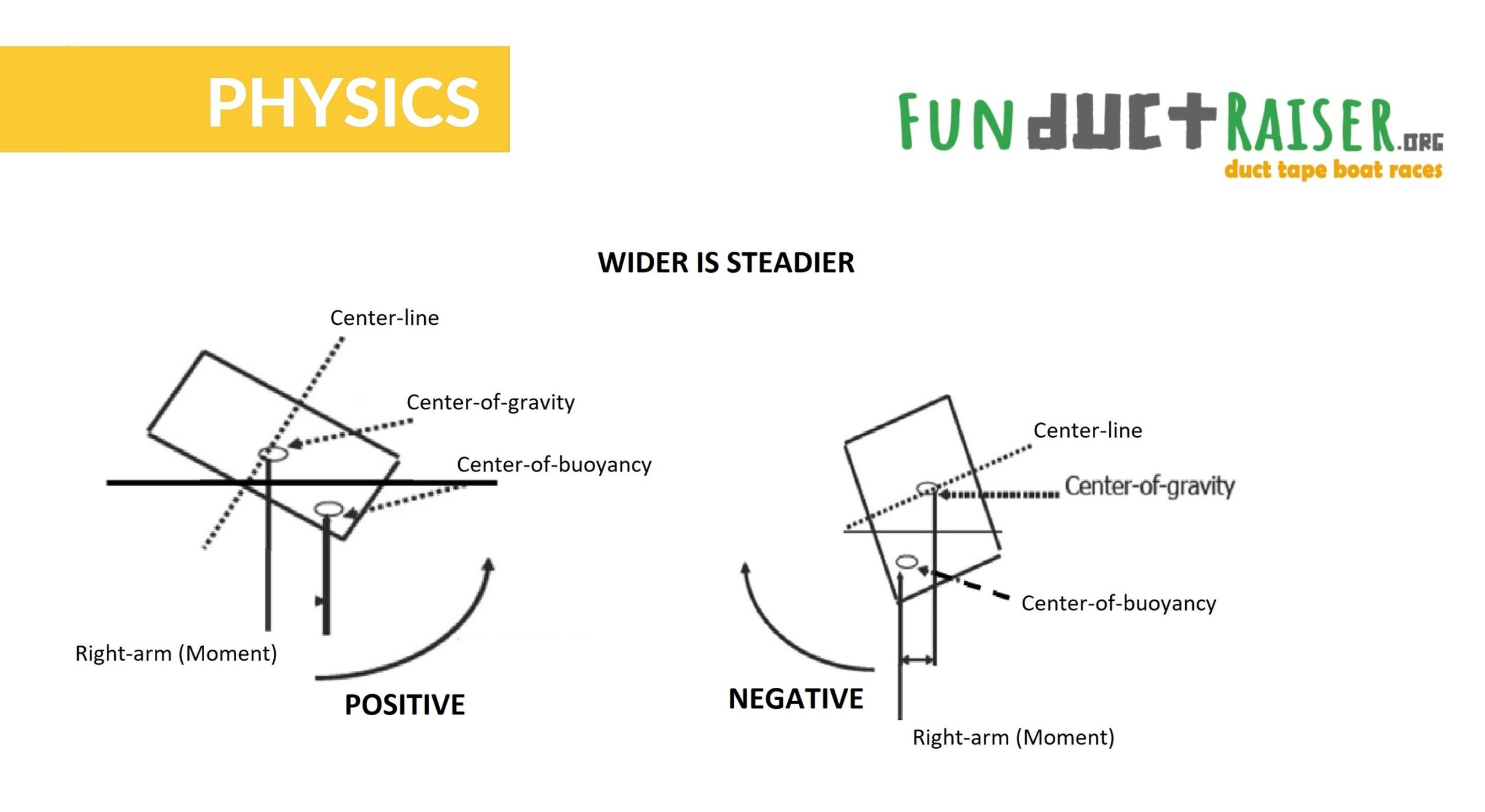
Quantum physics is the branch of physics that studies the behavior of matter and energy at the smallest scales of nature, such as atoms, electrons, photons, and subatomic particles. Quantum physics reveals that the physical world is not as deterministic, continuous, and objective as classical physics assumes, but rather probabilistic, discrete, and subjective.
ome of the main concepts and phenomena of quantum physics are:
– Wave-particle duality: Quantum objects, such as electrons and photons, can exhibit both wave-like and particle-like properties, depending on how they are observed and measured. For example, electrons can form interference patterns when passing through a double slit, as if they were waves, but they can also be detected as discrete particles on a screen, as if they were bullets.
– Uncertainty principle: It is impossible to measure simultaneously and precisely both the position and the momentum of a quantum object, or any other pair of complementary observables, such as energy and time, or angular position and angular momentum. The more accurately one quantity is measured, the more uncertain the other becomes. This is not due to the limitations of the measuring devices, but to the intrinsic nature of quantum reality.
– Superposition: A quantum object can exist in a linear combination of two or more mutually exclusive states, until an observation or measurement collapses it into one definite state. For example, an electron can be in a superposition of spin up and spin down, or a photon can be in a superposition of horizontal and vertical polarization, until they are measured and their spin or polarization is revealed.
– Entanglement: Two or more quantum objects can become correlated in such a way that their quantum states are interdependent, even when they are spatially separated. This means that measuring or manipulating one of the entangled objects will affect the other, instantaneously and non-locally, regardless of the distance between them. This phenomenon, also known as quantum non-locality or quantum spooky action at a distance, challenges the classical notions of causality and realism.
– Tunneling: A quantum object can pass through a potential barrier that is higher than its energy, with a certain probability, as if it were tunneling through the barrier. This phenomenon, which is impossible according to classical physics, has many applications in quantum technologies, such as scanning tunneling microscopy, nuclear fusion, and quantum computing.
Quantum physics has a long and rich history, dating back to the early 20th century, when physicists such as Max Planck, Albert Einstein, Niels Bohr, Werner Heisenberg, Erwin Schrödinger, Paul Dirac, and many others, developed the theoretical foundations and experimental evidences of the quantum theory. Since then
